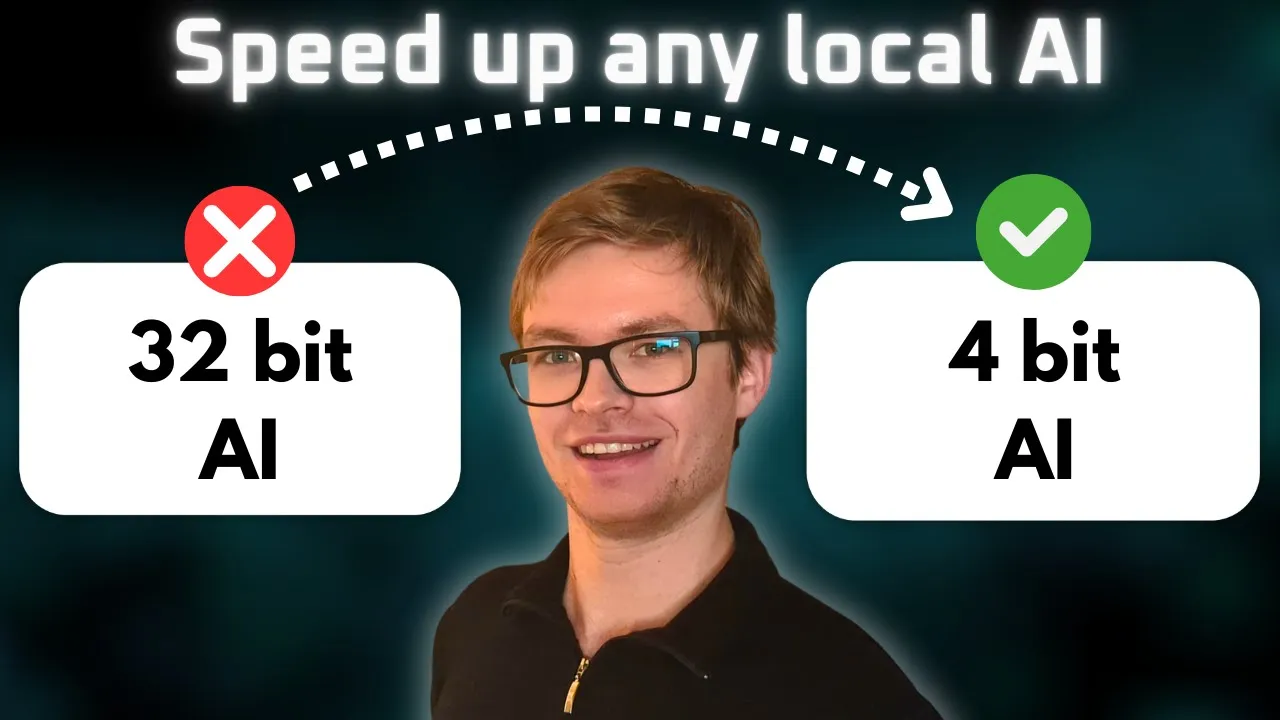Small Language Models for Edge AI Deployment - Optimization Guide
The revolution in edge AI deployment centers on a crucial development: Small Language Models (SLMs) that deliver impressive capabilities while fitting within the constraints of edge devices. Through implementing SLMs across various edge deployments, from mobile devices to IoT sensors, I’ve discovered that success lies not in model size but in optimization strategies. Understanding these deployment patterns is crucial for engineers following the comprehensive AI engineering career path toward specialization in production AI systems. The emergence of models like Gemma 3n, Phi-3, and optimized LLaMA variants demonstrates that powerful AI no longer requires data center resources.
Why Small Language Models Matter for Edge Deployment
Edge AI deployment faces unique challenges that make traditional large language models impractical:
Resource Constraints: Edge devices typically offer limited memory (often under 8GB) and modest computational power, making billion-parameter models impossible to deploy.
Latency Requirements: Edge applications demand real-time responses without network round trips, requiring models that process locally within milliseconds.
Power Efficiency: Battery-powered devices need models optimized for minimal energy consumption while maintaining useful capabilities.
Privacy Considerations: Processing data locally eliminates the need to transmit sensitive information to cloud servers, addressing growing privacy concerns.
SLMs specifically address these challenges through architectural innovations and aggressive optimization techniques that preserve capabilities while dramatically reducing resource requirements.
Quantization Strategies for Edge AI Success
Transforming models for edge deployment relies heavily on advanced quantization techniques:
INT4 Quantization: Modern quantization tools achieve 2.5-4X size reduction compared to standard formats, enabling models like Gemma 3 1B to run at 2,585 tokens per second on mobile GPUs.
Mixed Precision Computing: Combining different precision levels (INT8 for weights, INT4 for activations) balances performance with accuracy for optimal edge deployment.
Post-Training Quantization: Advanced PTQ techniques convert existing models without retraining, dramatically reducing deployment preparation time.
Dynamic Quantization: Adjusting precision based on layer importance maintains model quality while maximizing compression ratios.
These quantization approaches transform models from resource-hungry systems into efficient edge-ready implementations. Mastering these optimization techniques is essential for deploying AI models in production environments where performance and resource constraints are critical.
Practical SLM Implementation Techniques
Deploying SLMs effectively requires specific implementation strategies:
Start with model selection focused on edge-optimized architectures. Models specifically designed for edge deployment, like Microsoft’s Phi series or Google’s Gemma variants, outperform larger models forced into smaller footprints.
Implement hardware-aware optimizations. Different edge devices benefit from different optimization strategies: mobile GPUs favor certain quantization schemes while embedded CPUs benefit from others.
Utilize specialized frameworks like T-MAC or Google’s Edge TPU libraries that provide optimized kernels for edge inference, achieving several times the performance of generic implementations.
Design your application architecture around SLM capabilities, leveraging their strengths while working within their limitations through clever prompt engineering and task decomposition.
Edge-Specific Optimization Patterns
Successful edge deployments follow distinct optimization patterns:
Layer Pruning: Remove redundant layers identified through sensitivity analysis, reducing model depth without significant capability loss.
Knowledge Distillation: Transfer capabilities from larger teacher models to compact student models optimized for edge deployment.
Structured Sparsity: Implement regular sparsity patterns that align with hardware acceleration capabilities for maximum efficiency.
Adaptive Inference: Dynamically adjust model complexity based on available resources and task requirements.
These patterns enable SLMs to deliver remarkable performance within edge constraints.
Real-World Edge AI Applications
SLMs enable transformative applications across industries:
Embedded Systems: Industrial IoT devices use SLMs for predictive maintenance and anomaly detection without cloud connectivity requirements.
Mobile Applications: Smartphones leverage SLMs for real-time translation, voice assistants, and image processing directly on device.
Automotive: Vehicles employ edge AI for driver assistance features with ultra-low latency requirements impossible with cloud processing.
Healthcare Devices: Medical equipment uses SLMs for patient monitoring and diagnostic assistance while maintaining strict data privacy.
These applications demonstrate how SLMs transform theoretical AI capabilities into practical edge solutions. Building projects like these forms an excellent addition to your AI engineering portfolio, showcasing your ability to work with cutting-edge deployment techniques.
Performance Benchmarks and Trade-offs
Understanding performance characteristics guides deployment decisions:
Quantized SLMs typically achieve 70-90% of full-precision model accuracy while requiring 75% less memory and running 2-5X faster. For most edge applications, this trade-off proves highly favorable.
Token generation speeds vary dramatically: while cloud models might achieve thousands of tokens per second, edge-optimized SLMs deliver 50-500 tokens per second on typical hardware, sufficient for real-time applications.
Power consumption drops by 60-80% compared to full models, enabling battery-powered deployments lasting days rather than hours.
These metrics demonstrate that careful optimization creates viable edge AI solutions without compromising user experience.
Small Language Models represent the democratization of AI deployment, bringing sophisticated capabilities to edge devices worldwide. Through quantization, architectural optimization, and edge-specific techniques, SLMs transform resource constraints from barriers into design parameters. The key to successful edge AI deployment lies in selecting appropriate models, applying targeted optimizations, and designing applications that leverage SLM strengths while respecting their limitations.
Ready to deploy AI on edge devices? The complete implementation guide, including model selection criteria and optimization workflows, is available exclusively to our community members. Join the AI Engineering community to access detailed tutorials, benchmarking tools, and connect with engineers deploying production edge AI systems. Watch the full technical walkthrough on YouTube to see these concepts in action.

